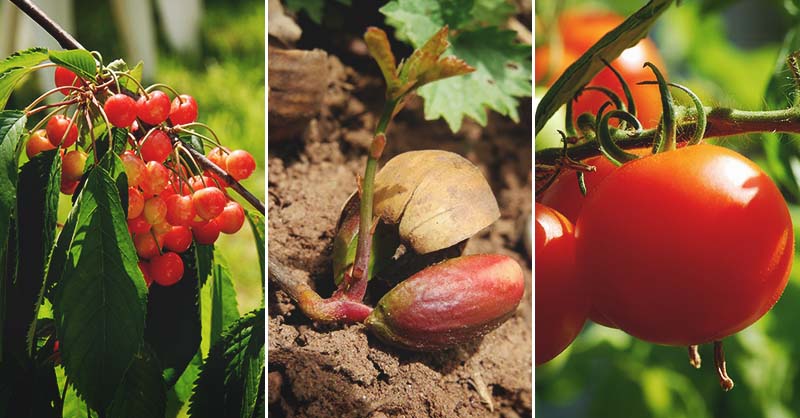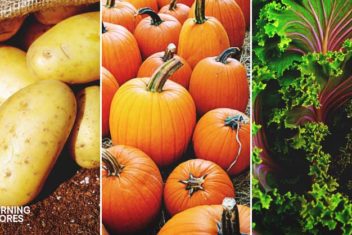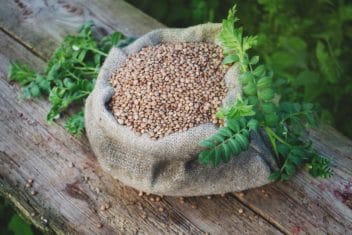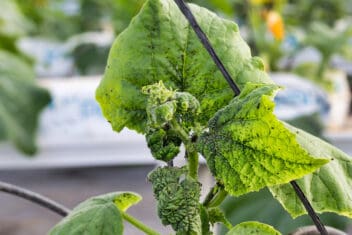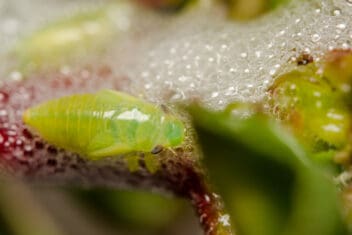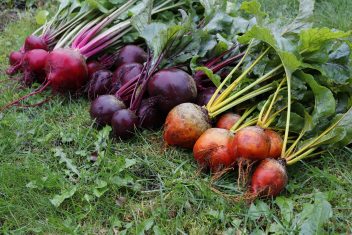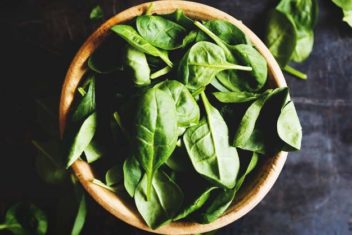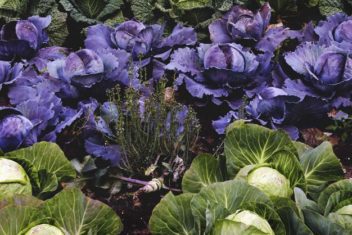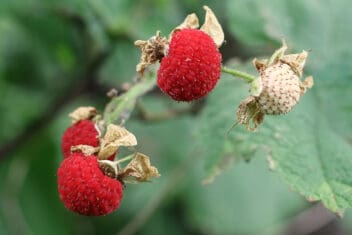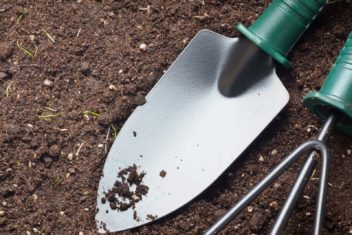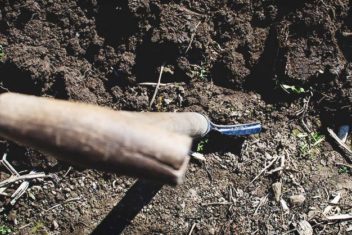Knowing when to fertilize your garden is one part art and one part science. Sometimes it’s as easy as seeing that your tomatoes leaves look yellow and thinking they could use a nitrogen boost. Other times it may mean keeping track of the last time you fertilized.
In this article, I am going to help you find the right balance between art and science. There is no “one size fits all” category. When you make fertilizing decisions it will be based on your garden’s circumstances.
You may consider how much rain you have had or if your weather has been unusually hot. You’ll take into account that you added bone meal last winter to the area of the garden where you are now growing tomatoes. That bone meal will be providing calcium to your plants, a nutrient that tomatoes have a high need for.
The most important thing to know is that everyone has garden soil in different stages of fertility. While your overall goal is to have consistent nutrition available to your plants, we’ll be talking about the right timing to add fertilizers such as fish emulsion, seaweed, 10-10-10 fertilizer or whatever form of nutrients you prefer to give your plants.
In reality, fertilizer isn’t technically food. It provides plants with the elements that they need to make food through photosynthesis. But the effect is the same.
While every plant has different needs, there are a few rules you can follow and some important things to watch for when it comes to determining when to fertilize. So let’s dive in.
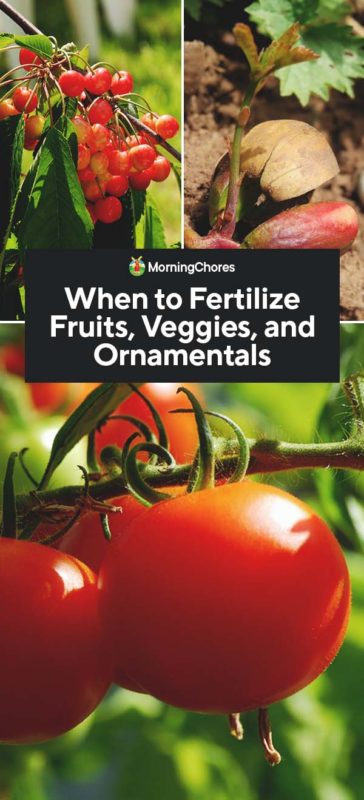
Why Fertilizing is Important
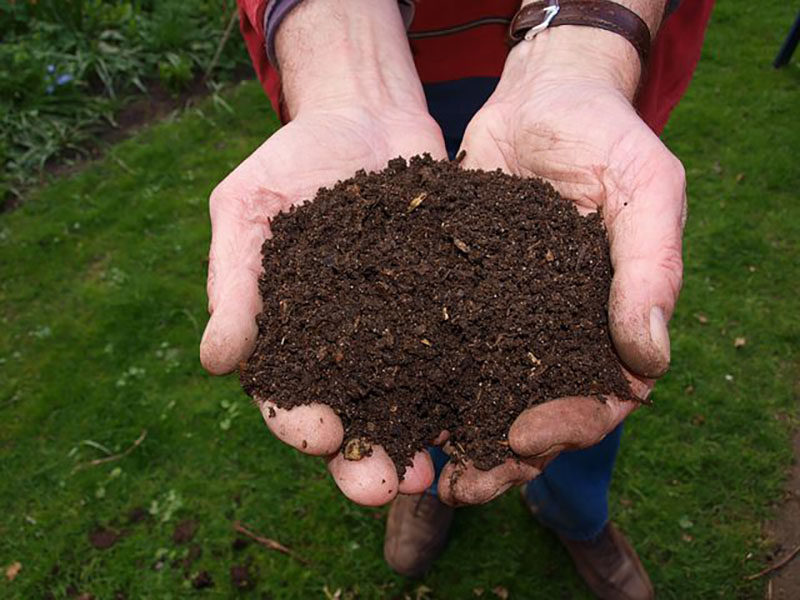
Fertilizing your plants is an essential part of the gardening process. In a recent study by the National Gardening Association, they found that many gardeners, up to 65%, don’t fertilize their garden during the growing season.
That’s astounding. Think about it this way: What if I gave you a great big meal when you were a baby and I expected you to make that big meal last your entire life. I imagine you would be ravenous as you grew and became older. Your plants are not much different. They to need ongoing nutrients to function. We need to be keyed in so that we know when they need some food.
The time and money spent buying or making a source of plant food will be worth it in the long run. Your plants will pay you back by producing bigger fruits, stalks, and leaves.
The Science of When to Fertilize
There are many stages in a plant’s life when they’ll need a little extra boost. Part of the key is consistency. We want our plants to grow at a steady pace so that they will be healthy and strong, so we need to be sure that we are giving nutrition at the right time.
The rule of thumb is to feed plants, whether it’s your lawn, your veggies, or your ornamental garden, in the early spring to give plants a boost for the coming growing season. From there, the requirements differ depending on the plant.
Woody Plants and Ornamentals
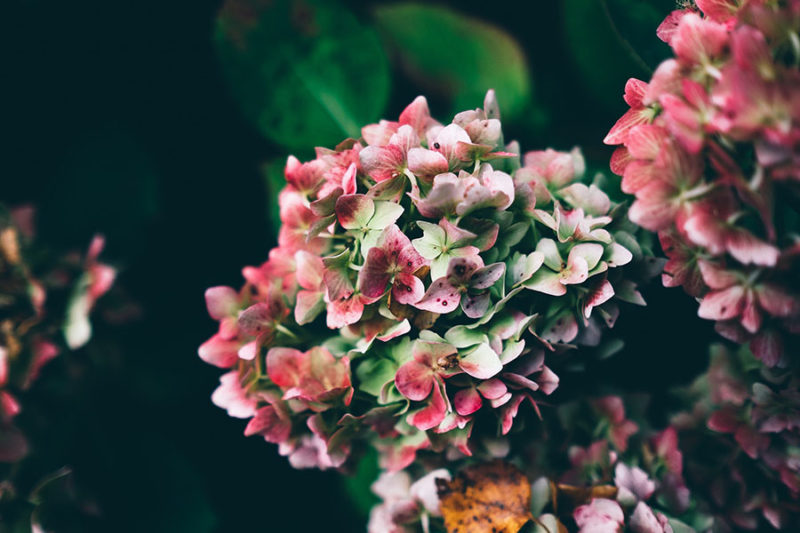
Woody plants, like bushes and trees, and ornamentals need fertilizer when they break dormancy in the spring. Some plants won’t need any further applications, while others might. Regardless, stop fertilizing after the first frost at the end of the growing season.
Vegetables and Fruits
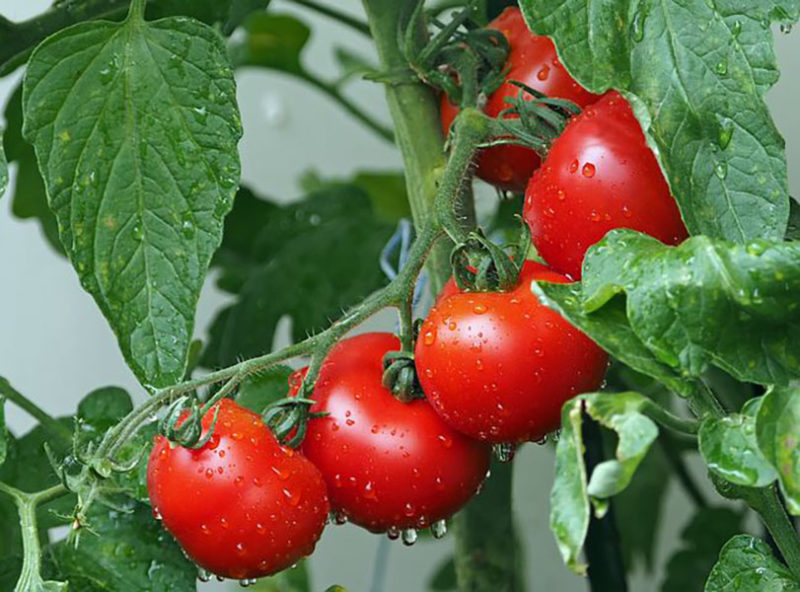
Plants such as tomatoes, squashes, and melons put a lot of work into making fruits. Of course, the plant’s goal is to make a nice home for seeds and reproduce.
Vegetables need an initial application in the spring of a slow-release fertilizer that will keep feeding all season long. Or, if you prefer, you could dress hungry plants with compost or fertilizer in the spring when you plant them and then again every few months.
Some veggies such as brassicas, onions, melons, and tomatoes are known as heavy feeders. These plants can use an extra helping of fast-acting fertilizer once or twice during the year. Light feeders like beans and peas only need a bit of feeding as you plant them.
Producing flowers, and consequently fruits, is a time when your plant is growing quickly and in need of extra nutrients. I give extra fertilizer when plants are flowering. This helps them to prepare for making healthy fruits.
Greens like kale, lettuce, and chard need special treatment, as well. These plants grow quickly and, depending on the condition of your soil, may need added boosts. I like to add fish emulsion every few weeks to the drip irrigation system when watering my greens.
This gives them some plant food and water at the same time. Both are important to their growing quickly but not developing a bitter taste.
Fruit Trees
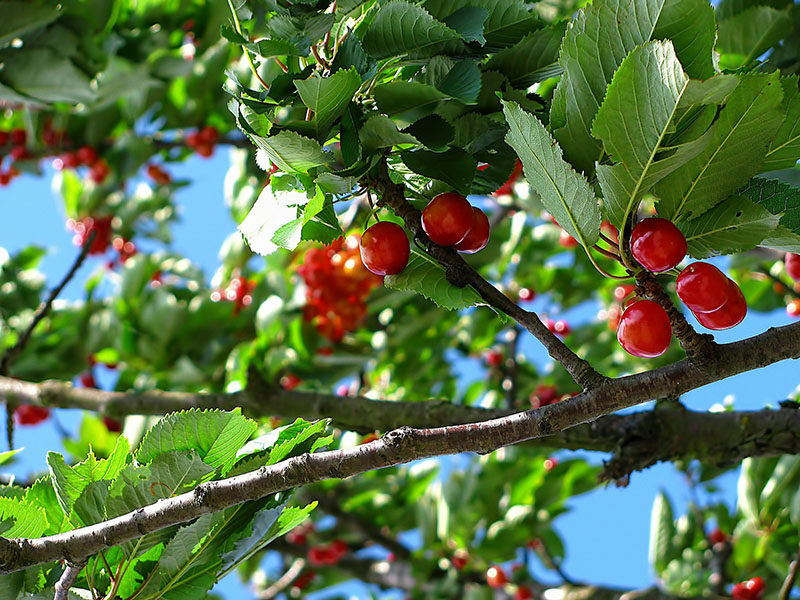
Fruit trees should be fed first thing in the spring when the buds break, and then monthly until about July. You want to stop fertilizing at this time so the tree can focus its energy on producing fruits and not leaves or branches.
Seedlings
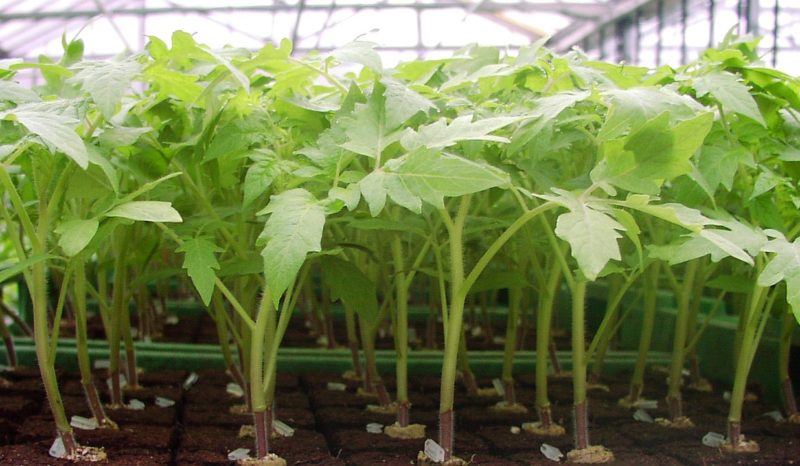
As gardeners, we know that it is important to get our “children” off to a good start. As seedlings grow, they’ll need nutrients. It’s a good idea to give your seedlings a drink of half-strength plant food while they are in flats or pots.
I also am a big believer in giving seedlings a dose of fish emulsion when I transplant them out into the garden. Transplanting is hard on your seedlings and you want to help them settle in and start growing.
Signs A Plant Needs to be Fertilized:
- Growing leggy or with a spindly spine
- Slow, stunted growth
- Yellowing leaves, which may indicate the plant needs nitrogen
- A pale green leaf with dark green veins, which is a sign of chlorosis, a potassium deficiency
- Dull leaves with purple at the base, a sign that plants are lacking phosphorous
- Producing flowers or fruits too early
Time of Day
Generally, it’s best to fertilize in the morning when it’s cooler and less windy. Extreme sun and heat combined with fertilizer can burn plants. Too much wind can evaporate liquid fertilizer or scatter pellets.
Choosing a Fertilizer
I like to use organic fertilizers because I want to support my plants naturally. Organic fertilizers don’t contain chemicals that may harm the environment, your body, or the microorganisms in your soil.
If you want to stick with organic, look for the OMRI label when picking out a fertilizer. OMRI stands for the Organic Materials Review Institute which breaks down and examines products to make sure they meet organic standards.
You may be thinking that you don’t want to buy fertilizers. If that’s the case, you can make homemade compost tea, instead. Compost tea is a great option for your plants because it contains many nutrients. These nutrients are going to vary based on what is in your compost. For instance, I have horse manure in my compost which basically equates to 2.3% Nitrogen.
I prefer fertilizers that are mixed with water. These are sprayed on the plant or added to water and either poured on or put through a drip irrigation system. I like fish emulsion best because I’ve experienced good results using it in my garden. It’s also inexpensive and easy to find.
Special Times to Apply Fertilizer
Beyond the traditional timing, there may be specific instances when you need to fertilize to your plants.
Insect or Disease Damage
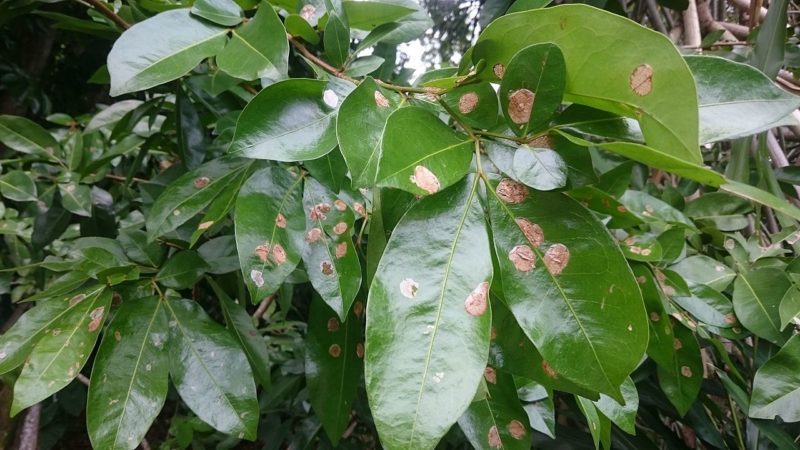
Sadly, no matter how hard we try to support our plants, they succumb to diseases or insect pests. When this happens it is important to help them strike back. Our first order of defense is to treat the plants with either an insecticide or a fungicide to help them ward off the problem.
We can continue to give our plants support and help them recover by applying fertilizer, just like when you have a cold and drink extra orange juice because it contains vitamin “C”.
Raised Beds and Containers
We all know that plants in raised beds and containers often need extra watering. The beds have more surface area exposed to the air and sun, which wicks away moisture.
But did you also know this can cause nutrients to leach out as well? In addition, the roots have a smaller area from which to gather nutrients. They may become confined and grow in the shape of the container.
Raised beds and containers often use a soilless mix or potting soil because it is lighter. These mixes don’t have the nutrients needed to support your plants. Keep an eye on these beds and look for plants that seem stressed or have yellow leaves. They may need an extra boost.
Single Nutrients
Some plants don’t just need regular feeding, but they might need an extra helping of specific nutrients, as well. Cabbage, corn, and tomatoes all need a lot of nitrogen through the growing season. Get to know the needs of your individual plants.
Weather Conditions
Weather can impact your fertilizer schedule. An early spring may mean you need to fertilize sooner. A lot of rain can wash away slow-release fertilizers. Extreme heat can stress plants and reduce their growth, meaning you might want to lay off the fertilizer a little.
Finding the Time
Sometimes it’s hard to find the time to do all of our garden chores. But making it a habit to take a quick stroll through your garden will make a big difference.
I made this suggestion to some homeschooling friends when they ask me when to fertilize. Now they make it a nightly family activity. A walk in the garden can help you find and identify any problems and can help remind you when it’s time to break out the fertilizer. Keep an eye out for plants that are looking droopy or signs of deficiency. Plants that are blooming or those that grow quickly may need to be fertilized.
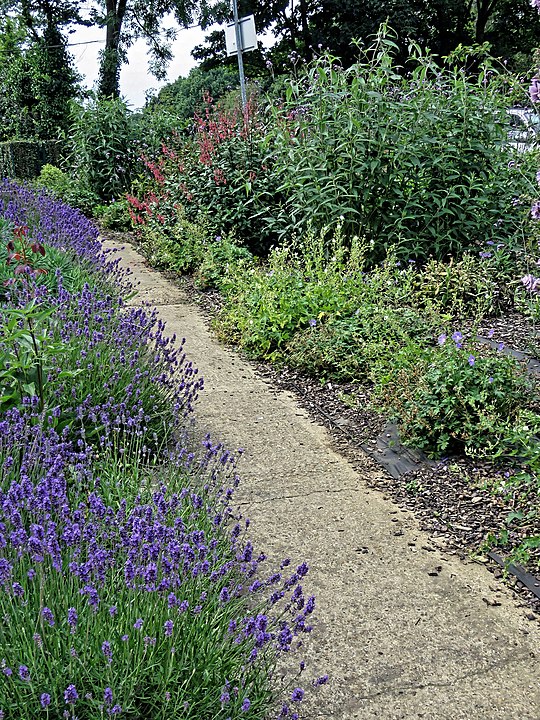
Knowing when to fertilize doesn’t need to be confusing. It’s all about getting to know the needs of your plants, and maybe giving yourself a reminder on your calendar. Most of all, it helps to know what to watch for in your garden. t

